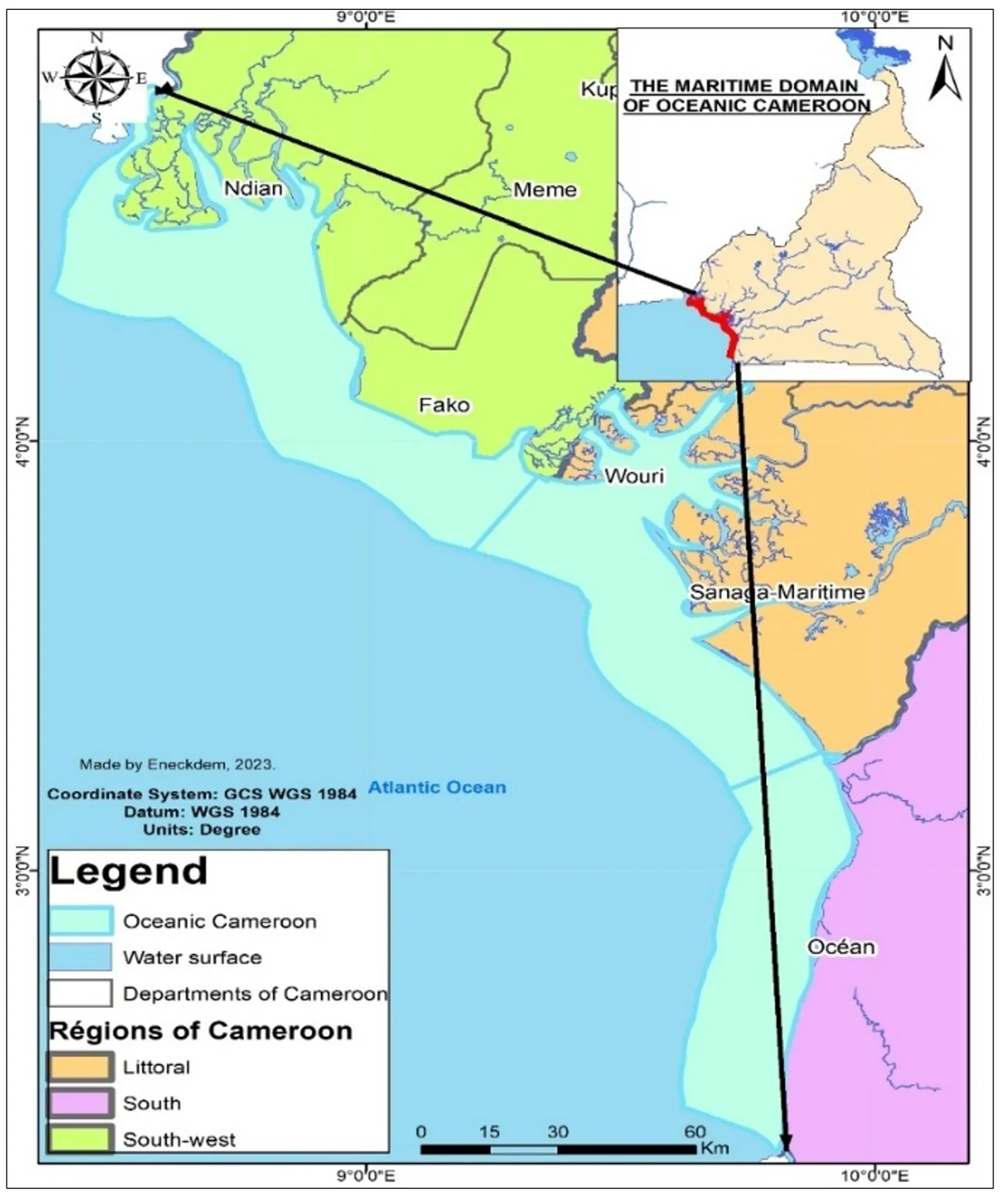Found 24 results
Open Access
Review
17 November 2025Self-Directed Learning Across the Lifespan Regarding Psychological Flow—A Topical Assessment of Recent Publications with High Recall and High Precision
Csikszentmihalyi’s psychological flow and self-directed learning have a well-researched and direct connection. Lacking is an investigation of this relationship across the lifespan—the aim of this review. A search of seven primary databases and one supplementary database (searched eight different ways) with the keywords “self-directed learning, lifespan, psychological flow”—for English-language empirical research studies in peer-reviewed publications—provides this assessment of recent publications with high recall and high precision. The hypothesis is that distinct topics are recognizable, concerning the relationships among self-directed learning, lifespan, and psychological flow, regarding how self-directed learning promotes psychological flow throughout the lifespan. As a quasi-scoping review, the standardized PRISMA-ScR is the methodology. The supplementary database search, without Boolean functions, and yielding the highest returns, produced the five results included. Corroborating the hypothesis, three Csikszentmihalyi-inspired topics synthesize the results: (1) feeling better in the moment, (2) body and mind are in harmony, and (3) improving the quality of life. Based on the synthesis, the level of meaning the learner ascribes to their work determines the relationship among the three keywords. The conclusion is that the relevance of flow to self-directed learning throughout the lifespan depends on learner engagement in supporting their work-related purpose and meaning regarding the learning material.
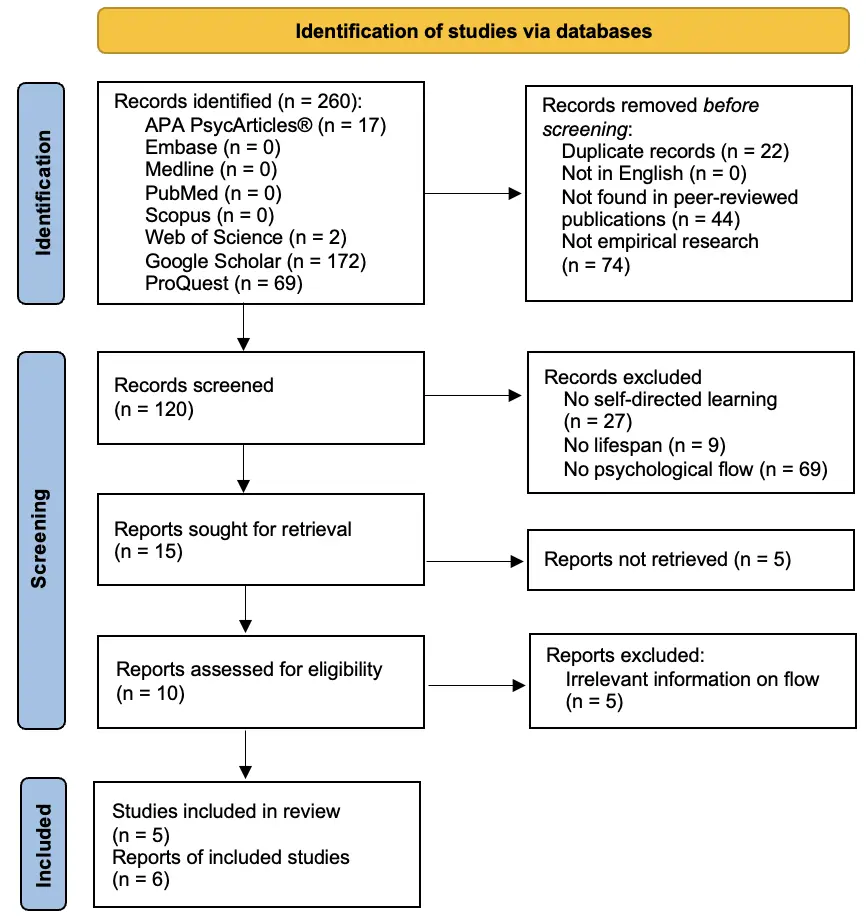
Open Access
Communication
24 October 2025Investigating Potential PFAS Emissions from Initial Electrolyzer Operation
The fluoropolymers used in proton exchange membrane (PEM) water electrolysis are part of the broad OECD definition of per- and polyfluoroalkyl substances (PFAS), a family of substances subject to increasing regulation. Potential PFAS emissions during commercial operation have been investigated in PEM fuel cells, but have not been reported for PEM electrolyzers. Based on previous measurements of fluoride release rates in water, potential emissions of fluorinated substances are likely to be detectable during the onset of stack operation. This observation is extended to evaluating potential PFAS emissions by collecting and analyzing recirculated water samples from a multi-megawatt PEM electrolyser plant in the first ~2 weeks of operation. No PFAS substances were detected using U.S. EPA Method 1633, consistent with the lack of observed degradation based on cell voltage and fluoride measurements. Methodologies for selecting and handling water samples were established. Minimizing gas crossover and maintaining water quality during electrolyzer operation can mitigate potential chemical degradation via hydroxyl radical formation. Implementing dual uses of the reverse osmosis deionization system to provide water and wastewater treatment can increase closed-loop operation and minimize potential PFAS emissions from wastewater.
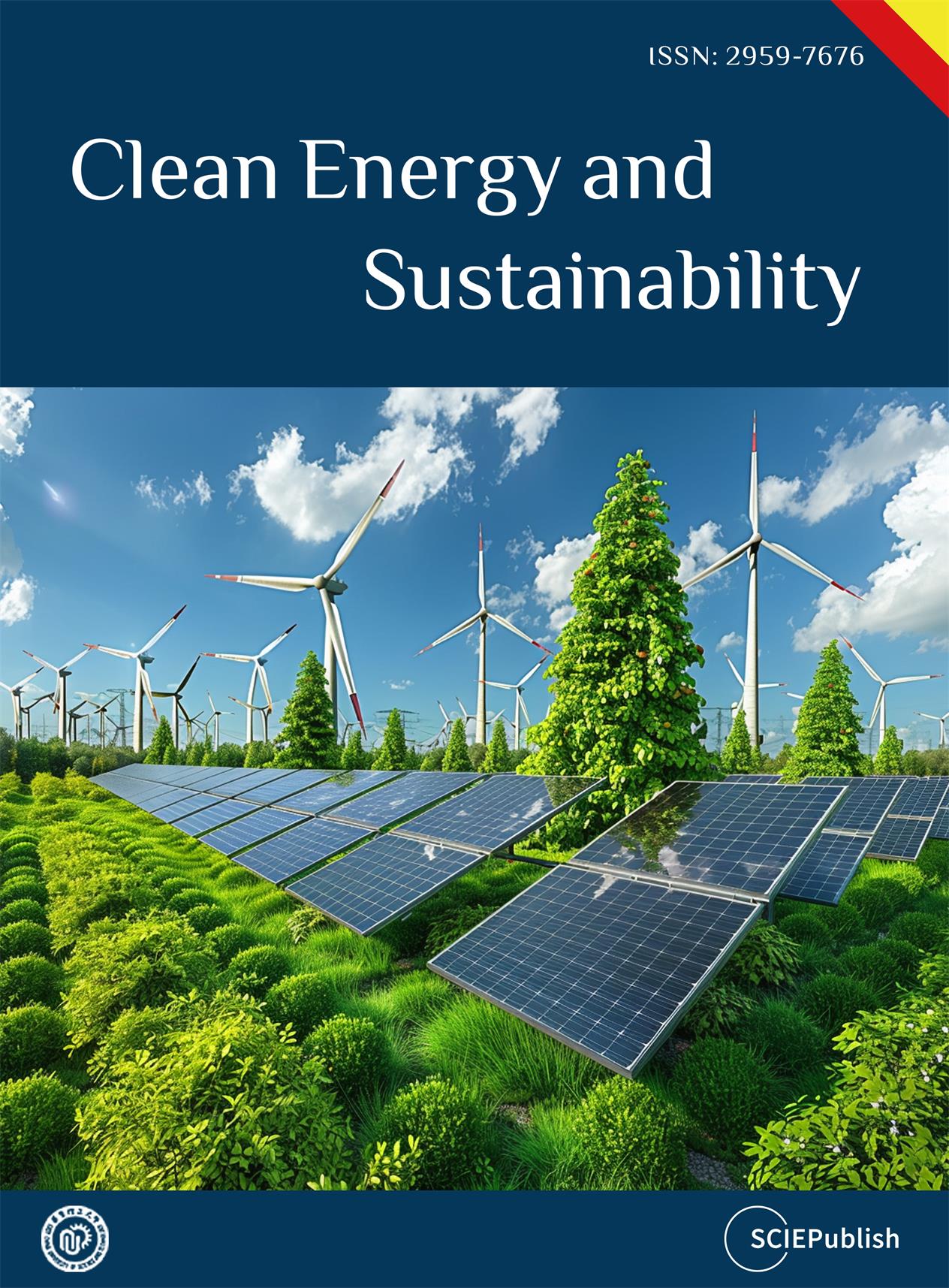
Open Access
Article
20 October 2025Divergent Aging Mechanisms of Calcium Arsenic Residue under Dry-Wet and Freeze-Thaw Cycles: Toxic Metal Mobility, Multiscale Physicochemical Characterization, and Escalated Ecological Risks
This study investigates the long-term mobility and ecological risks of As, Zn, and Cd in calcium arsenic residue (CAR) under simulated dry-wet (DW) and freeze-thaw (FT) cycles. Accelerated aging experiments, combined with multiscale characterization (XRD, XPS, SEM, FTIR), revealed distinct transformation mechanisms. DW cycles promoted carbonate-driven dissolution, As(III) oxidation to As(V) (resulting in an 18.4% increase in As(V) as shown by XPS), and sulfide oxidation (with reductions of 47.7% in ZnS and 15.08% in CdS). These processes increased the acid-soluble metal fractions (F1: As by 11.3%, Zn by 6.0%, and Cd by 8.7%) and metal release rates (52.39% for As, 42.63% for Zn, and 68.55% for Cd under DW conditions). In contrast, FT cycles induced mechanical fracturing and ice-mediated stabilization, which limited ion migration, partially amorphized ZnO, and promoted the precipitation of Cd(OH)2. Ecological risk assessments indicated rising risks, with integrated potential ecological risk indices (IPER) reaching 11,187.85 under DW conditions and 10,668.29 under FT conditions, with arsenic contributing over 80%. The Risk Assessment Code (RAC) reclassified all metals into moderate-risk categories (As: 11.9–19.7%, Zn: 9.4–15.2%, Cd: 12.1–18.6%). Weibull modeling (α = 6.98–10.98, R2 > 0.96) described the nonlinear kinetics, showing that cadmium aged the fastest (λ: Cd > As > Zn), with delayed but persistent risks under FT conditions. These results underscore the importance of developing climate-resilient stabilization strategies. The integrated framework combining mineral evolution, kinetics, and risk forecasting offers significant insights for managing legacy CAR pollution under changing climate conditions.

Open Access
Case Report
09 October 2025A Case Report of Telehealth Assessment for Adolescent Anxiety, Depression and COVID-Related Grief
Rates of anxiety and depression in children and adolescents have steadily risen over the past decade, and the arrival of COVID-19 exacerbated existing psychological problems for many youth. In the context of these increased rates and the pandemic lockdown, telepsychology, including virtual assessment, evolved as a cornerstone of mental health practice. There are salient benefits to telepsychology, most notably its convenience and accessibility, which have contributed to its expanded application across different types of problems and populations. At the same time, it can pose challenges in acquiring a comprehensive picture of client functioning. This article presents a case study of an adolescent with combined anxiety and depression who was referred for teletherapy during COVID-19, with an emphasis on the assessment intake. Results from a multi-method approach to the assessment are provided along with a brief discussion of treatment and future implications for the practice of telepsychology with youth and families.
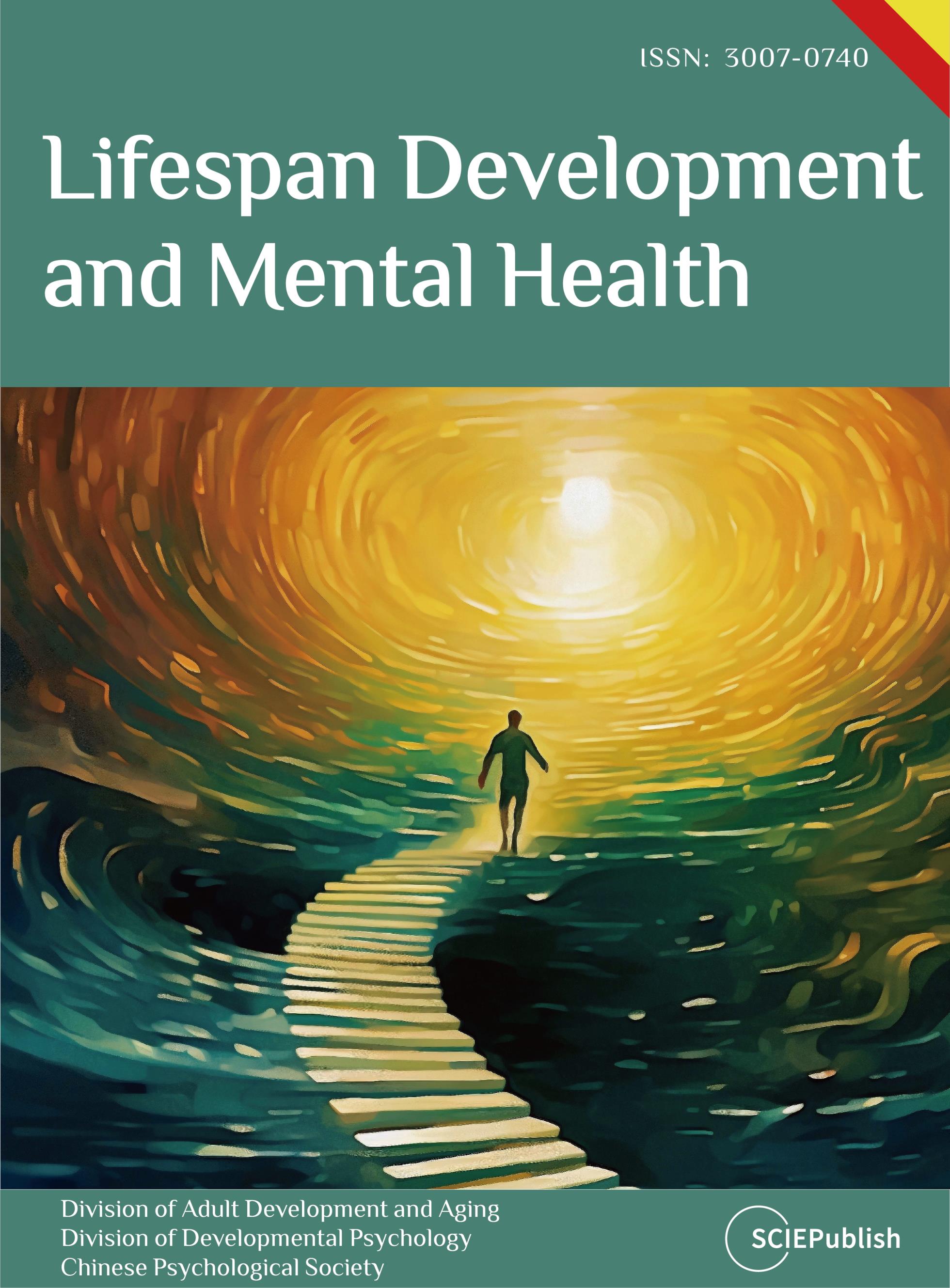
Open Access
Opinion
29 September 2025Modeling Cardiac Response to Transient Hemodynamic Changes: Beyond dp/dt Max and New Insights from IVCO and ES Point Analysis
Traditional indices such as dp/dt max remain widely used in assessing ventricular contractility, yet their load-dependence limits clinical precision, particularly during dynamic hemodynamic shifts. This letter to the Editor advocates for a more physiologically grounded approach using dual pressure catheters equipped with two high-fidelity sensors, one in the left ventricle (LV) and one in the aorta, to capture real-time pressure gradients and valve events with high temporal resolution. When combined with transient inferior vena cava occlusion (IVCO), this setup enables accurate identification of the true end-systolic (ES) point, typically marked by dp/dt min or the dicrotic notch on the aortic pressure waveform. This method allows for the construction of more physiologically valid end-systolic pressure-volume relationships (ESPVR). It introduces the novel peak pressure end-systolic pressure-volume relationship (PPESPVR) model, which links peak LV pressure to the ES point within a single cardiac cycle. The resulting volume intercept (Vint) and end-systolic fraction (ESF) offer new insights into myocardial performance under varying preload and afterload conditions, without requiring extensive hemodynamic manipulation. This dual-sensor approach not only enhances diagnostic accuracy but also opens the door to real-time, patient-specific contractility assessment in both research and clinical settings.

Open Access
Article
26 September 2025Land Use and Land Cover Assessment of Jalandhar, India: A Comparative Analysis of Machine Learning and Visual Interpretation
For the sustainable management of natural resources and to understand how the climate affects the landscape, accurate land use and land cover (LULC) classification is essential. Robust classification techniques and high-quality datasets are necessary for precise and effective LULC classification. The effectiveness of various combinations of satellite data and classification techniques must be carefully evaluated to help choose the optimal strategy for LULC classification, given the growing availability of satellite data, geospatial analysis tools, and classification techniques. This study focuses on the LULC classification of Jalandhar, Punjab, India, using machine learning (ML) algorithms and visual image interpretation. Sentinel-2 satellite data, with its high spatial and spectral resolution, has been utilized for feature extraction and classification. Python was employed for implementing various ML algorithms, including Random Forest (RF), Support Vector Machine (SVM), K-Nearest Neighbor (KNN), Gradient Boosting (GB), Multi-Layer Perceptron (MLP), and Decision Tree (DT), while ArcGIS was used to classify LULC using visual image interpretation and for maps preparation. Agriculture was the dominant class across all methods, with GB estimating 1774.26 sq.km, followed by plantation (268.13 sq.km) and built-up areas (171.76 sq.km). Waterbodies were mapped with high precision due to their distinct spectral features, with estimates ranging from 18.34 sq.km (GB) to 26.05 sq.km (Visual interpretation). Among all models, GB outperformed others with the highest overall accuracy (95.0%) and a kappa value of 0.94, followed by RF (94.2%), and SVM (93.8%). Visual interpretation achieved a comparative accuracy of 90.1%, though it showed limitations in distinguishing spectrally mixed classes like plantation and built-up. This study concludes that while Visual interpretation remains a useful and accessible method, especially for real-time interpretation, ML-based approaches, particularly GB and RF, offer superior accuracy and reliability. The study highlights the importance of visual interpretation for a better accurate LULC at a regional level; meanwhile, leveraging advancements in ML algorithms in a hybrid approach will enhance the accuracy in many-fold.
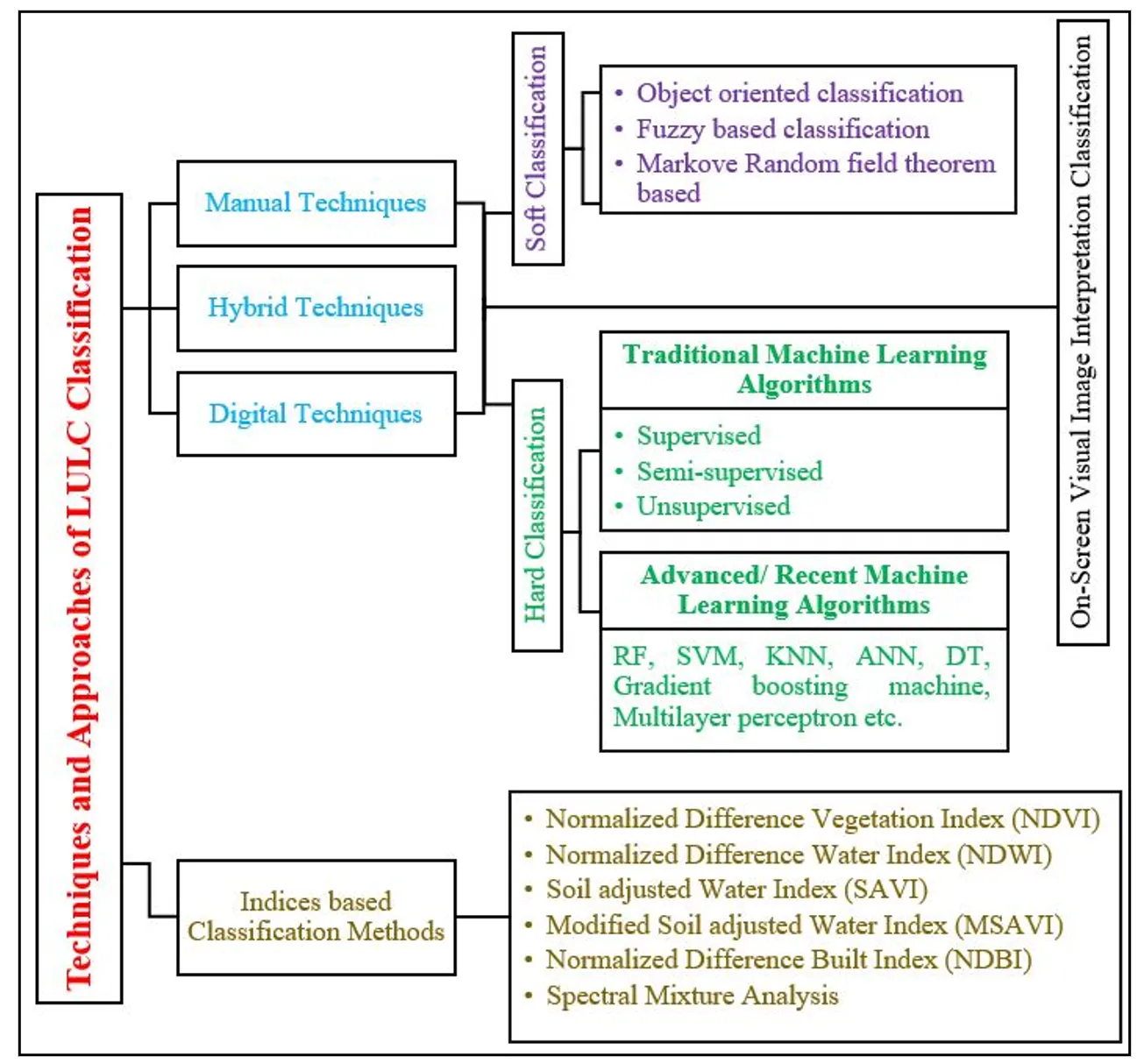
Open Access
Article
16 September 2025Forensic Psychology and Gender Violence from a Developmental Perspective: Developmental Trajectories in Victims and Aggressors
This article proposes a theoretical and empirical integration between forensic psychology and developmental theory to understand gender violence from a developmental perspective. From an interdisciplinary approach, the life trajectories of both victims and perpetrators are analyzed, taking into account individual, family, and social factors that shape their vulnerability and persistence in contexts of violence. Key explanatory models of criminal behavior—such as social learning theory, moral development, and distorted cognitive schemas—are reviewed, as well as the psychopathological consequences of chronic trauma, including complex post-traumatic stress disorder and learned helplessness. Trajectory analysis shows that childhood and adolescence represent critical stages where multiple risk factors converge: neglect, exposure to violence, dysfunctional attachment patterns, and coercive socialization. These elements are associated with an increased risk of victimization or aggression, and may become persistent if interventions are not implemented during critical developmental periods. Empirical data from longitudinal studies that corroborate the relationship between early adversity and later involvement in violent dynamics are presented, and paradigmatic cases are discussed from a forensic perspective. Finally, the implications of the developmental approach for intervention, expert assessment, and public policy formulation are highlighted. It advocates the implementation of programs differentiated by life stage, the strengthening of primary prevention, and the inclusion of biographical antecedents in forensic psychological reports. This model offers a more complex, contextualized, and transformative understanding of gender violence, with high practical value for clinical, legal, and social settings.

Open Access
Article
08 September 2025Large Language Model for Secure Operation of Power Systems
The integration of large-scale renewable energy, multi-criteria operational constraints, and complex grid topologies has intensified the challenges faced by the security monitoring process within power system dispatch. Dispatch guidelines, typically expressed in natural language, are difficult for conventional algorithms to interpret and apply in real time, while general-purpose Large Language Models (LLMs) lack domain-specific knowledge, risking inaccurate or unsafe recommendations. This study proposes an LLM-based monitoring framework that integrates domain-specific prompt engineering with fuzzy evaluation to address these limitations. The framework interprets dispatch guidelines, analyzes real-time power flow data, and converts semantic assessments into quantitative safety scores, enabling closed-loop decision-making. Validation on the IEEE 14-bus system demonstrates that the optimized LLM outperforms a general LLM in accuracy, logical consistency, and stability under complex multi-standard scenarios, while reducing reliance on manual intervention. The results highlight the framework’s potential to enhance monitoring efficiency and ensure intelligent, secure power system operation.
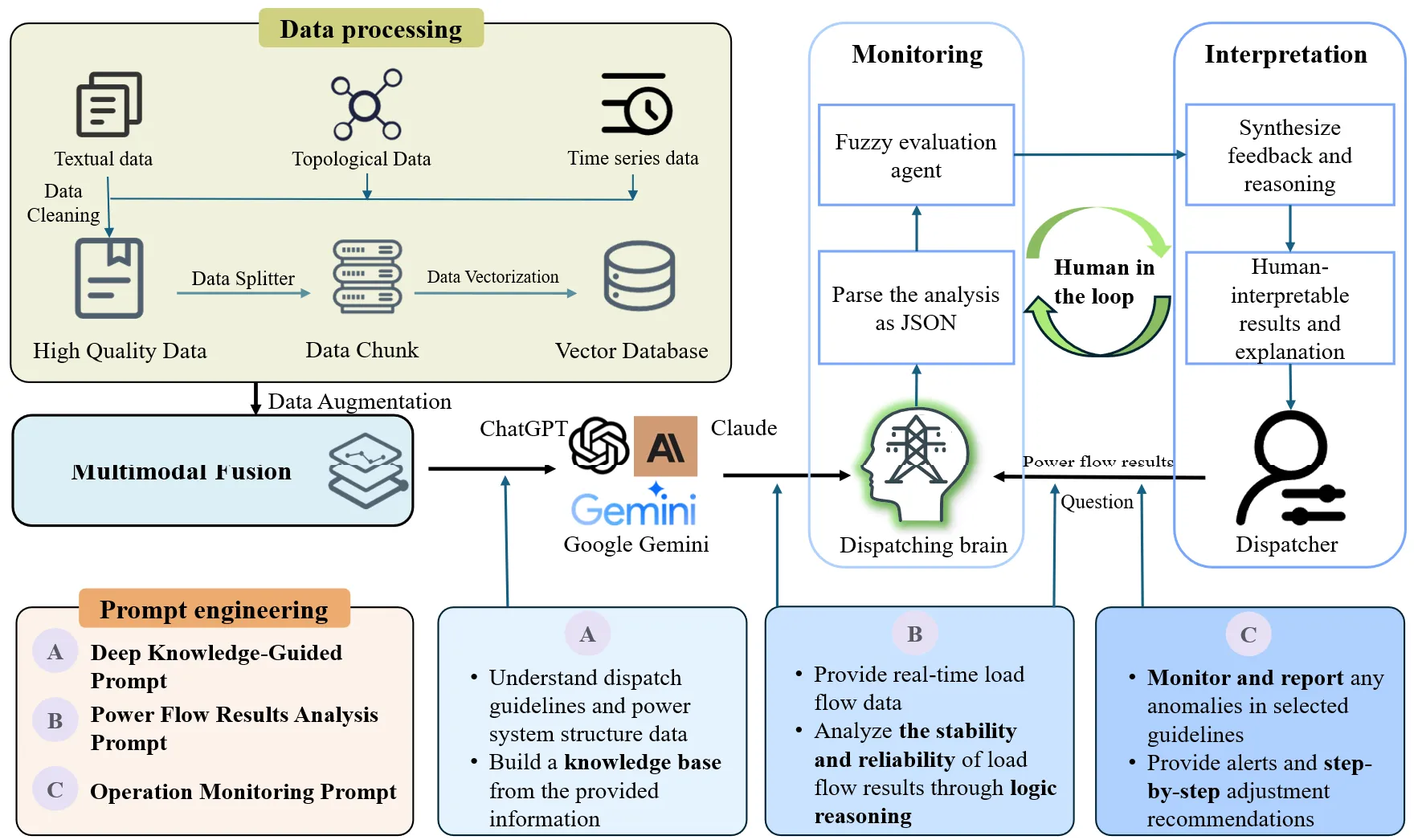
Open Access
Article
02 July 2025An Assessment of the Impact of Temporary Migration on Household Adaptive Capacity to Climate Variability (e.g., Drought) in Rural India
A policy choice between migration prevention and migration support during climate variability needs to be properly backed by empirical evidence. The paper was to assess the effects of temporary migration on household adaptive capacity to climate variability (e.g., drought) in rural India. The analysis was performed by applying the propensity score matching method to the India Human Development Survey, 2011–12 data, and the India Meteorological Department’s gridded binary files. The household adaptive capacity to climate variability was measured in terms of three variables: monthly per capita consumption expenditure, livelihood diversity and the share of non-agricultural income. The study found that temporary migration had no statistically significant effect on household expenditure levels. The effect of temporary migration on livelihood diversity was found to be positive at 10% level of significance. The results suggest that temporary migration has significantly contributed to increasing the share of non-agricultural income. Results were similar even after removing the households with long-term migrant members from both treated and control groups. A disaggregated analysis across the different expenditure quintiles and social groups highlighted that the improved benefits of temporary migration, especially in terms of the share of non-agricultural income, were concentrated in certain groups only. The above results suggest that temporary migration may contribute to the development of household adaptive capacity in the face of climate variability (e.g., drought) not through the channel of utility maximization, but rather as a risk diversification strategy.

Open Access
Article
26 June 2025Assessment and Spatialization of the Potential of Marine Renewable Energies in the Gulf of Guinea: Case of the Cameroonian Coast
This study explores, through mathematical simulation and Geographic Information Systems, the electricity production potential of Marine Renewable Energies (MRE) on the Cameroonian coast. The study uses data from the National Institute of Cartography and, in the absence of in situ oceanographic observation, data from the National Oceanic and Atmospheric Administration and those of Copernicus Marine Services, to determine and identify, after calculations on Excel and spatial representation on ArcGIS 10.2.2, areas with high MRE potential. The analyses carried out show that the Cameroonian coastline is full of significant potential for the development of MRE. Indeed, with a potential of approximately 6 kW at sea and approximately 1 kW on the coast, current energy constitutes a capitalizable opportunity. Concerning wave energy, the average production potential of the Cameroonian marine area is approximately 3.37 kW/m. However, it is much higher on the Kribi coast (between 4 and 7 kW/m). Furthermore, significant potential for tidal energy can be identified in the Wouri estuary, as well as in other sectors such as marine thermal energy and osmotic energy, although this requires further analysis to be better understood. These results would help promote research on these energies in Cameroon.
